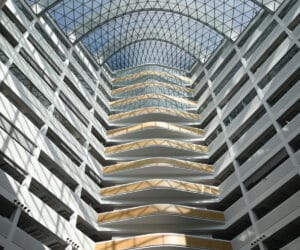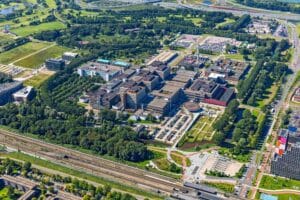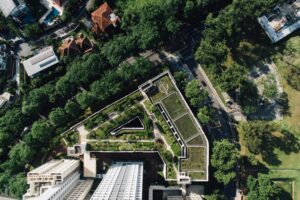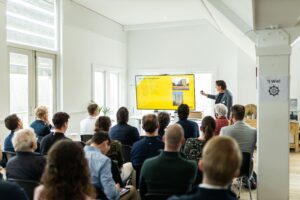

Measurement of circularity in several municipalities
- Circular tendering possible thanks to measurability
- Specific phased approach to achieve results together
- Applying circular best practices
Sustainability ambitions of municipalities
‘Everything circular by 2050’. That is the government’s objective. However, municipalities often have ambitions that are greater and need to be completed more quickly. That is why municipalities are already focusing on circularity when procuring and tendering projects. In this context, it is also important that circularity must also be easily measurable and comparable.
Circular tendering possible thanks to measurability
CFP has helped several municipalities to calculate their circular ambitions. This involved the choice between construction of new or refurbishment of municipal buildings. The calculation made circularity measurable and comparable for different municipalities. CFP then mapped out the circular improvement measures and converted them into requirements and criteria that could be taken into account in the architect’s design and in the further tendering process.
“By making circularity measurable, municipalities are better able to determine their ambitions, compare their results and set priorities.“
– Bram Adema, Sustainability Expert
Energy-saving possibilities
Various scenarios have been calculated using different energy-saving possibilities. Building services engineering is largely responsible for circularity, as this determines energy usage to a large extent. During the lifetime of a building, energy is often responsible for 60-80% of raw material consumption.
Specific phased approach to achieve results together
Each project started by listing the requirements and wishes of the municipality with regard to circularity. This took place on the basis of models of CFP Green Buildings and the Green Deal Circular Buildings. As a result, insights were obtained into the circular requirements of the municipality, including their prioritisation. This is important for ensuring that all parties are moving in the same direction.
Together with the architect and other experts, we looked for circular alternatives and improvements to the design and made a number of recommendations. The objective was to minimise the consumption of raw materials and to devise the most appropriate measures with the most expert specialists in each area of raw materials.
Applying circularity in practice
CFP has helped hundreds of customers to create circular and energy-efficient buildings. By performing scans, assessing designs and planning and supporting the implementation of measures. In various projects, CFP has helped contractors and architects to add circular elements to the design. In addition, organisations and municipalities were helped to make circularity measurable and to convert circular characteristics, requirements and wishes into criteria for tendering. Based on this mix of experience, CFP has been able to help the various individual municipalities with their own ambitions.
Getting to work with circularity
In many cases, CFP draws up various scenarios for making existing plans and buildings more sustainable. Scenarios can be determined in consultation with the client. Examples of scenarios are: compliance with building decree and regulations, without gas, energy-neutral or raw material-neutral. The impact, investment and operating costs have been calculated per scenario. On this basis, circular requirements have been determined and their impact quantified. For example, award criteria have been drawn up for tendering on the basis of extensive experience in practical cases.






